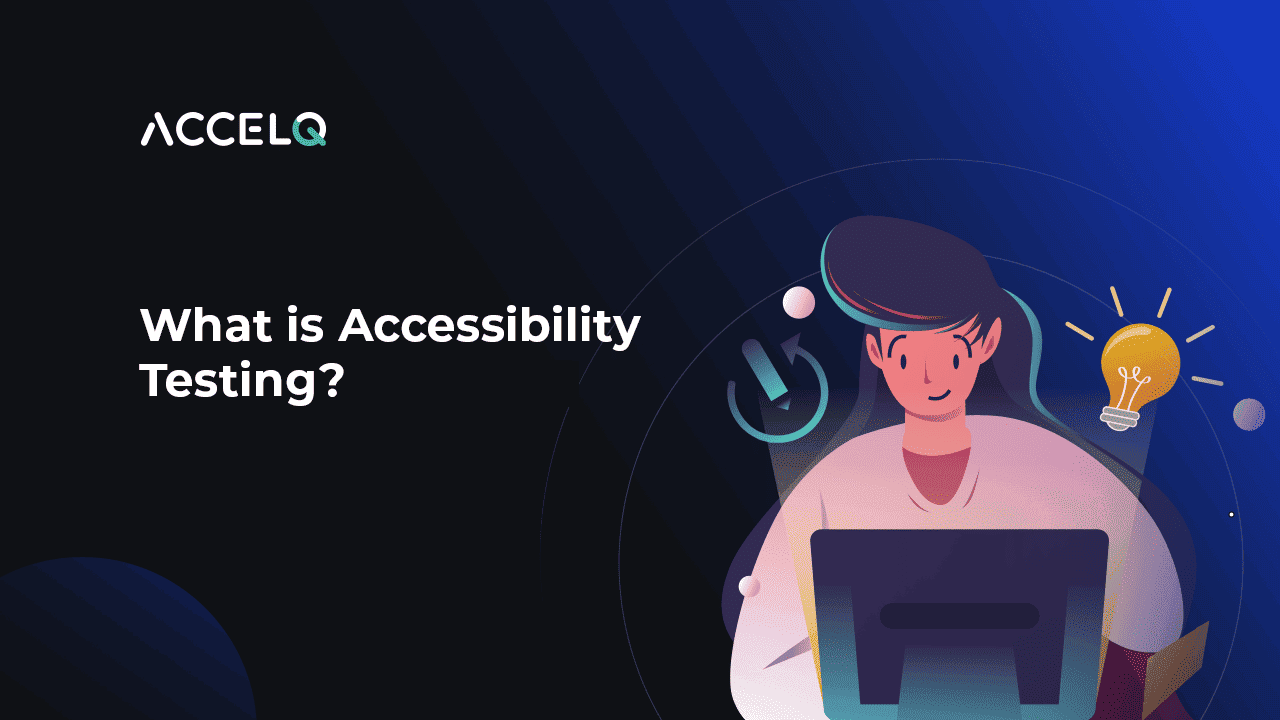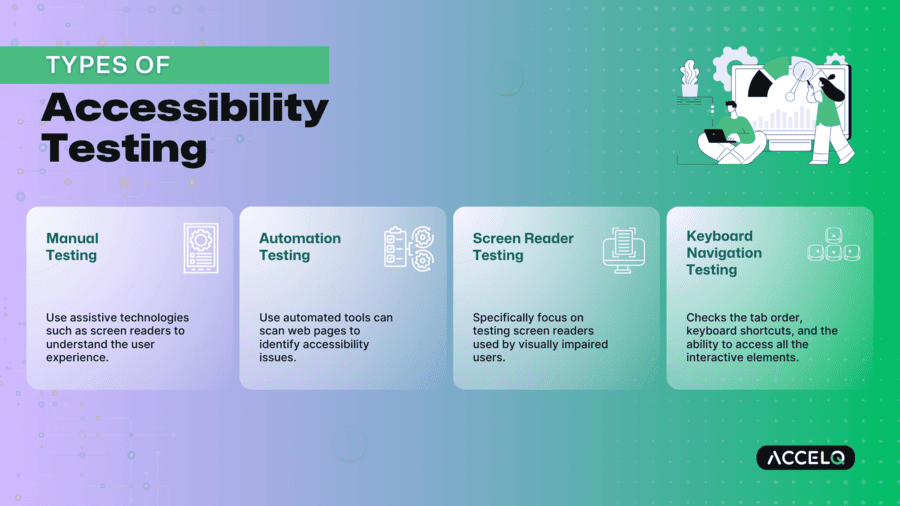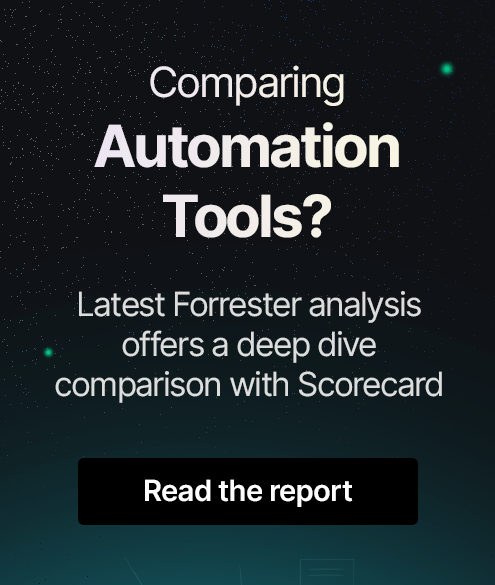What Is Accessibility Testing? A Comprehensive Guide

Creating digital products that are accessible to everyone has now become a fundamental requirement. Accessibility testing focuses on making web and mobile applications available for everyone, including users with different disabilities, from visual impairments to mobility issues. Organizations are emphasizing accessibility testing to build an inclusive and friendly digital space. All users can navigate, engage, and access content irrespective of their disabilities.
What is Accessibility Testing?
Accessibility testing is a process where websites and applications are tested to check their usability for all users. This includes visual, audio, physical, neurological, and cognitive issues. The goal is to create an equal user experience across all digital goods.
Accessibility testing starts with evaluating metrics such as navigation for screen reader users and color contrast ratios. These technologies help users with visual impairments and keyboard accessibility by replacing the mouse. The core objectives remain the same for both mobile and website accessibility testing.
SUGGESTED READ - What is Usability testing?
Types of Accessibility Testing
Understanding the different types of accessibility testing helps in implementing a comprehensive testing strategy.
Manual Testing:
Every mobile or web application is manually tested to identify accessibility issues. Testers use assistive technologies such as screen readers to understand the user experience.
Automation Testing:
Testers using automated tools can scan web pages to identify accessibility issues. These tools provide quick and efficient ways to identify common problems.
Screen Reader Testing:
Testers specifically focus on testing screen readers used by visually impaired users. This process involves checking proper navigation, labeling, and all the elements while using a screen reader.
Keyboard Navigation Testing:
The web and mobile applications are tested for navigating only using a keyboard. This is to replace the mouse for users with physical disabilities. Testers check the tab order, keyboard shortcuts, and the ability to access all the interactive elements.
Why is Accessibility Testing Important?
Accessibility testing ensures that digital products are inclusive and accessible to everyone, including users with disabilities. Here are the key benefits of accessibility testing:
- Legal Compliance: Many nations have laws and regulations regarding digital accessibility. Thus every organization is emphasizing accessibility to prevent legal ramifications.
- Wider Audience Reach: By making any web or mobile application accessible to everyone can potentially increase the user base, which includes millions of people with disabilities.
- Enhanced User Experience: Mobile accessibility testing frequently results in enhancements that benefit all users, not just those with disabilities. For example, improving the website’s navigation makes it more user-friendly.
- Corporate Social Responsibility: Committing to website accessibility testing enhances a brand’s image by displaying a dedication to equality and inclusion.
How to do Accessibility Testing?
Conducting accessibility testing effectively involves a combination of strategies and tools. Here’s a simplified approach:
Understand Accessibility Standards:
Get familiarized with guidelines like the Web Content Accessibility Guidelines (WCAG) to know what standards your product should meet.
Use Automated Testing Tools:
Employ automated accessibility testing tools to identify and fix common accessibility issues quickly.
Manual Testing:
Complement automated tools with manual testing, including using screen readers and navigating your site or app using keyboard-only controls.
Engage Users with Disabilities:
Involve real users with disabilities in your testing process to get valuable insights into their experiences and challenges.
Iterate and Improve:
Accessibility is an ongoing commitment. Regularly review and update your digital products to ensure they remain accessible to all users.
Accessibility Testing Use Cases
Here are some practical use cases where accessibility testing makes a significant difference:
E-Commerce Platforms:
Ensuring all users, including those with visual impairments, can navigate, select products, and complete purchases independently.
Educational Websites:
Making learning materials and platforms accessible so students with various disabilities can access information and educational tools without barriers.
Government Services:
Government websites implement accessibility testing to guarantee that all citizens, regardless of their abilities, have equal access to information and services online.
Social Media Platforms:
Enhancing the accessibility of social media interfaces to support users with disabilities in engaging with content and participating in social interactions without hindrance.
Accessibility Testing Automation with ACCELQ
Integrating accessibility testing in software testing can be streamlined with tools like ACCELQ. We offer a comprehensive solution for automating accessibility testing, making it easier for teams to identify and address accessibility issues early and efficiently.
- Automated Testing Capabilities: ACCELQ automates the process of identifying violations of accessibility standards, such as WCAG, across web and mobile platforms.
- Easy Integration: It seamlessly integrates with existing CI/CD pipelines, enabling continuous accessibility testing throughout development.
- Comprehensive Reporting: ACCELQ provides detailed reports highlighting accessibility issues, making it simpler for developers to understand and rectify them.
- Collaborative Environment: By facilitating collaboration among developers, testers, and accessibility experts, ACCELQ ensures that accessibility considerations are embedded in every stage of development.
Organizations can use ACCELQ for accessibility testing. This ensures that products fulfill accessibility guidelines and enhance the user experience for individuals with disabilities. Contact our team and get your demo today.
Geosley Andrades
Director, Product Evangelist at ACCELQ
Geosley is a Test Automation Evangelist and Community builder at ACCELQ. Being passionate about continuous learning, Geosley helps ACCELQ with innovative solutions to transform test automation to be simpler, more reliable, and sustainable for the real world.
You Might Also Like:
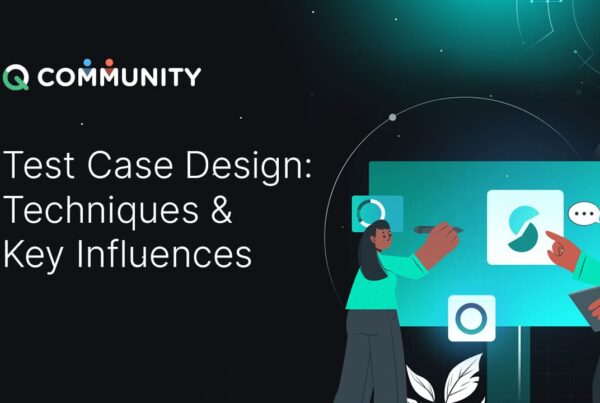 Mastering Test Case Design: Techniques & Examples
Mastering Test Case Design: Techniques & Examples
Mastering Test Case Design: Techniques & Examples
 The Importance of Accessibility Testing for Enterprises – 5 Reasons Why and How ACCELQ Supports It
The Importance of Accessibility Testing for Enterprises – 5 Reasons Why and How ACCELQ Supports It
The Importance of Accessibility Testing for Enterprises – 5 Reasons Why and How ACCELQ Supports It
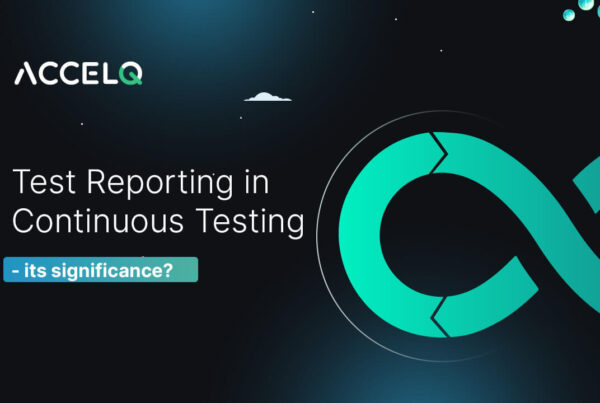 Test Reporting – Need, Benefits, Challenges, and Best Practices
Test Reporting – Need, Benefits, Challenges, and Best Practices






























